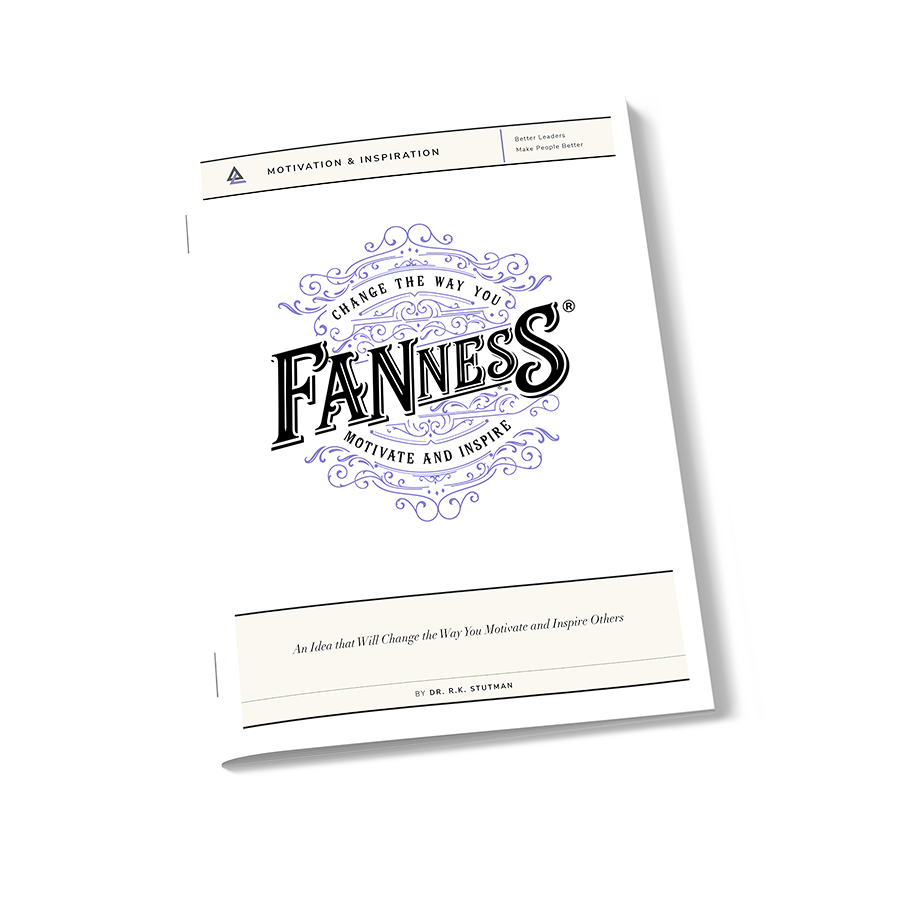Leaders steeped in the creation of a strategy often forget what others want and need to know.
So, they provide team members with essentially the same document they use to understand the many facets of the plan.
In painstaking detail, they go about communicating the new pathway using dozens of slides that inundate team members with the specifics, technical points, steps, goals, initiatives, timelines, and responsibilities they need to know.
They may make a weak attempt to make it more understandable by sprinkling in a little flowery jargon, adding some consultant speak to make it all sound good, and throwing in a visual or two.
Then they gather people and share what they have pridefully created. After the presentation, they presume everyone in the room “gets it” and knows how to operate differently, starting tomorrow.
The problem is not the strategy.
The strategic plan requires in-depth analysis and a plethora of details to support its soundness. But only the most senior leaders need to know and understand the strategy at that level. Everyone else does not.
What team members want is a simple explanation of the big picture, the initiatives involved in execution, and what it means for them. Everything else is just noise.
Making the team memorize the 5 Pillars, 6 Critical Success Factors, or 8 Core Principles sounds like a good idea to consultants, but it doesn’t promote understanding or action.
Communicating the strategy effectively means turning it into a message that is straightforward, actionable, and easy to remember.
A good rule of thumb is that if it takes more than 10 minutes or five slides to convey, it is probably missing the mark.
Think of it this way. There is a difference between the territory and the map required to get somewhere. Leaders are not supposed to be in the business of describing the territory with all its contours, elevation changes, vegetation, and bodies of water.
Their job is to tell people where the organization is going and to give people the directions they need to get there.
Great strategic messages are not explanations or detailed descriptions, but the maps and guides for action. Without realizing it, leaders too often design their communication for other leaders, and not for the team members who they want to embrace the strategy.
It doesn’t have to be this way, no matter what they teach you in business school.
The best strategic messages are a call to action without the bells and whistles that leaders need to justify their decisions. The best leaders give people a map after they have walked the territory and decided where they want to go. With a great map, team members are instantly primed for action.
Like all good maps, they start with “You are here.”

The Map Is Not the Territory
Sign-up Bonus
Enter your email for instant access to our Admired Leadership Field Notes special guide: Fanness™—An Idea That Will Change the Way You Motivate and Inspire Others.
Inspiring others is among the highest callings of great leaders. But could there be anything you don’t know, you haven’t heard, about how to motivate and inspire?
Could there really be a universal principle that the best leaders follow? A framework that you could follow too?
There is.
Everyone who signs up for Admired Leadership Field Notes will get instant access to our special guide that describes a powerful idea we call Fanness™ (including a special 20-minute video that really brings this idea to life).
